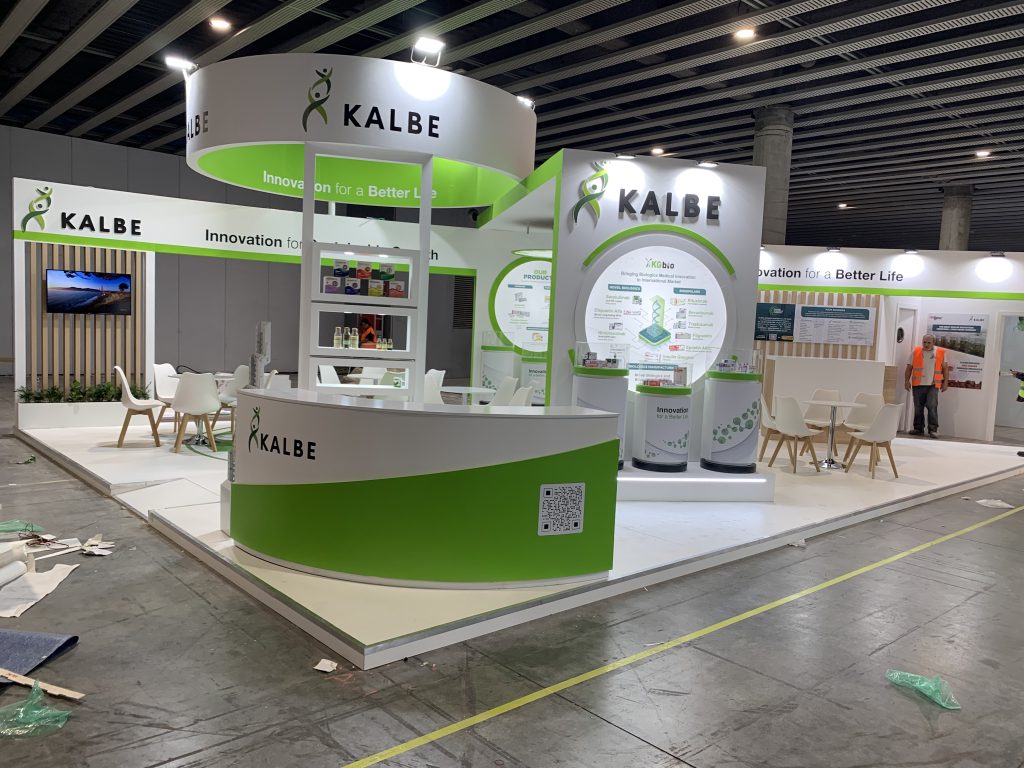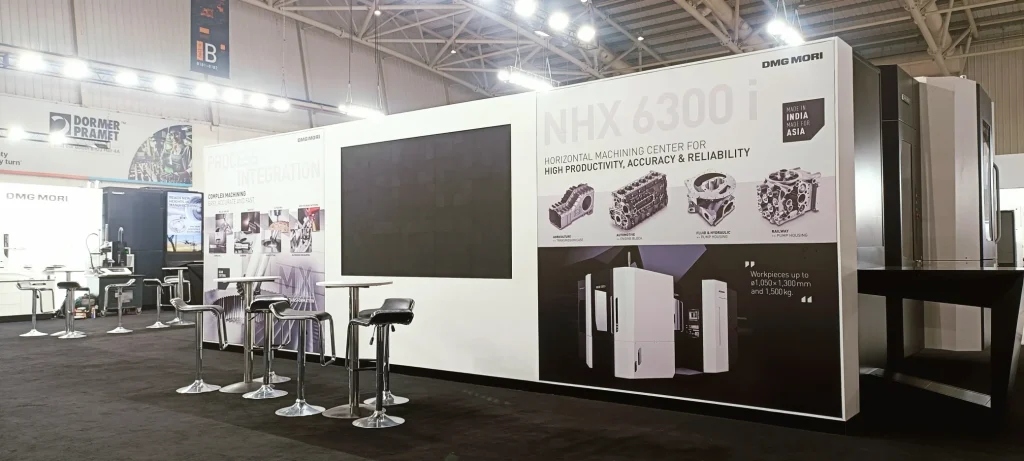
Introduction:
Trade shows are essential for businesses to showcase their products and services, connect with potential clients, and stay ahead in competitive markets. One of the critical decisions exhibitors face is determining the size of their trade show booth.
Should they go big and splashy, or opt for a smaller, more modest setup? In this blog, we’ll delve into surprising statistics that shed light on the effectiveness of small versus large trade show booths.
1. Cost-Effectiveness:
- According to industry data, smaller trade show booths typically cost significantly less than their larger counterparts. This includes expenses such as booth rental, construction, staffing, and promotional materials.
- A study by Exhibitor Magazine found that while larger booths may attract more attention, the cost per lead generated from smaller booths tends to be lower. This is because smaller booths require fewer resources to operate and can still effectively engage with potential clients.
2. Booth Traffic and Engagement:
- Contrary to popular belief, the size of the booth doesn’t always correlate with the amount of foot traffic it receives. Research indicates that factors such as booth location, design, and interactivity play a more significant role in attracting attendees.
- Smaller booths can often create a more intimate and engaging atmosphere, allowing exhibitors to have meaningful conversations with visitors without the distractions of a massive crowd.
3. Return on Investment (ROI):
- Despite the allure of large, flashy booths, ROI is ultimately what matters most to businesses. Surprisingly, studies have shown that smaller booths often yield a higher ROI compared to larger ones.
- The reduced upfront costs combined with the ability to generate quality leads at a lower expense contribute to the superior ROI of smaller booths. Additionally, smaller booths can be more adaptable to changing market conditions and budget constraints.
4. Brand Perception:
- While a large booth may convey a sense of prestige and success, it doesn’t necessarily translate into a positive brand perception among attendees. In fact, research suggests that attendees often view exhibitors with smaller booths as more approachable, authentic, and innovative.
- Smaller booths can leverage creative branding strategies to make a memorable impression on attendees, reinforcing brand recognition and loyalty in the process.
5. Adaptability and Flexibility:
- In today’s dynamic business environment, agility is key to staying competitive. Smaller trade show booths offer greater flexibility and adaptability compared to their larger counterparts.
- With a smaller booth footprint, exhibitors can more easily adjust their setup to accommodate changing circumstances, such as shifting market trends, evolving product offerings, or unforeseen logistical challenges.
- This flexibility allows exhibitors to experiment with different booth layouts, messaging strategies, and interactive elements, optimizing their presence for maximum impact.
6. Networking Opportunities:
- Trade shows are not just about showcasing products; they’re also prime opportunities for networking and forging valuable business connections.
- Smaller booths can facilitate more meaningful interactions with attendees, providing exhibitors with the opportunity to engage in deeper conversations and establish genuine rapport.
- Additionally, smaller booths can be strategically positioned to encourage networking among attendees, creating a more intimate and collaborative atmosphere that fosters relationship-building and knowledge sharing.
7. Resource Allocation:
- Allocating resources effectively is essential for maximizing the return on investment from trade show participation. Smaller booths enable exhibitors to allocate their resources more efficiently, focusing on targeted marketing initiatives and personalized engagement strategies.
- By investing in high-quality promotional materials, interactive displays, and compelling presentations, exhibitors can make a big impact with a small footprint.
- Furthermore, smaller booths require less staff to manage, allowing exhibitors to dedicate their human resources more effectively to engage with prospects and follow up on leads.
8. Environmental Impact:
- In an era of increasing environmental awareness, sustainability has become a key consideration for businesses across industries.
- Smaller trade show booths typically have a lower environmental footprint compared to larger booths, requiring fewer materials for construction and generating less waste.
- By opting for a smaller booth size, exhibitors can demonstrate their commitment to sustainability and responsible business practices, resonating with environmentally-conscious attendees and stakeholders.
Conclusion:
While large trade show booths may seem like the obvious choice for maximizing visibility and impact, the effectiveness of smaller booths should not be underestimated. From cost-effectiveness and adaptability to networking opportunities and environmental sustainability, smaller booths offer numerous advantages that can lead to a successful trade show experience. By carefully considering their objectives, target audience, and budgetary constraints, exhibitors can make an informed decision about the size of their booth and optimize their trade show strategy for maximum effectiveness. Ultimately, it’s not about the size of the booth, but the strategic approach and creative execution that determine success in the competitive world of trade shows.


 US
US
 EU
EU


